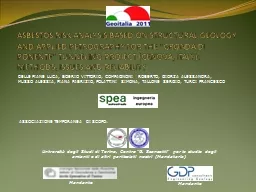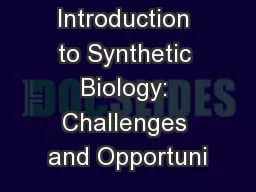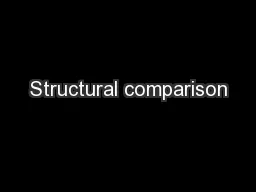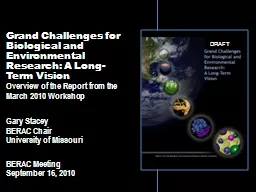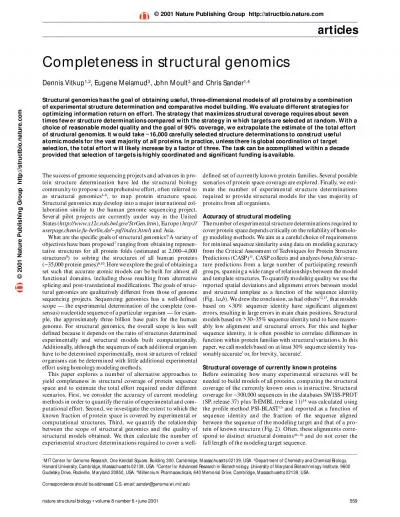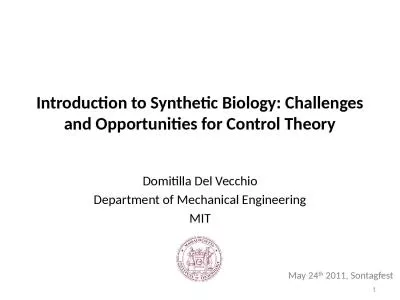PPT-Structural Biology: The Special Challenges
Author : natalia-silvester | Published Date : 2017-07-18
of Membrane Proteins Biochemistry 300 February 2016 Chuck Sanders Center for Structural Biology and Dept of Biochemistry There are two general classes of membrane
Presentation Embed Code
Download Presentation
Download Presentation The PPT/PDF document "Structural Biology: The Special Challeng..." is the property of its rightful owner. Permission is granted to download and print the materials on this website for personal, non-commercial use only, and to display it on your personal computer provided you do not modify the materials and that you retain all copyright notices contained in the materials. By downloading content from our website, you accept the terms of this agreement.
Structural Biology: The Special Challenges: Transcript
Download Rules Of Document
"Structural Biology: The Special Challenges"The content belongs to its owner. You may download and print it for personal use, without modification, and keep all copyright notices. By downloading, you agree to these terms.
Related Documents


